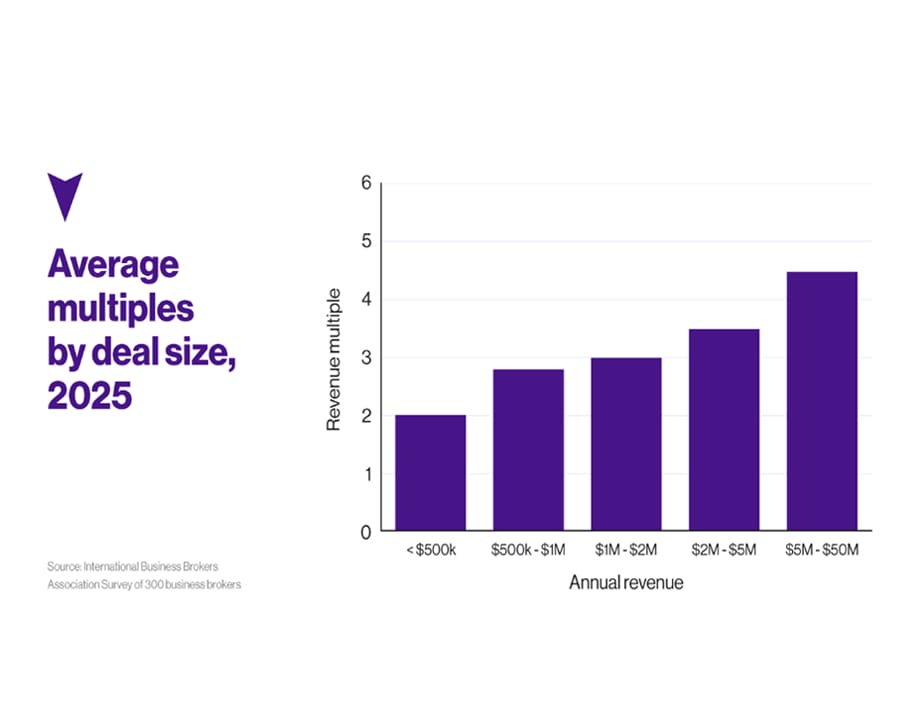In finance, solvency is defined as a business’s ability to meet its long-term obligations.
Analysts use a variety of solvency ratios to examine the health of a company, the simplest of which is assets vs liabilities. An insolvent company has more liabilities than assets, and vice versa.
Small business owners are often focused on the day-to-day of driving their business forward. However, since creditors and investors use solvency ratios to evaluate the long-term viability of a company, they’re important for business owners to keep in mind.
What you’ll learn in this guide:
Table of Contents
Liquidity vs Solvency: What’s the Difference?
Solvency is often confused with liquidity. Both are measures of financial health, but solvency is concerned with long-term obligations (typically a year or more), while liquidity refers to the near-term (usually less than a year).
Keep in mind that liquidity and solvency are not mutually exclusive; a company that is liquid may not be solvent (and the reverse is true as well).
For example, a company may have high liquidity and plenty of cash to pay its bills but, due to long-term debts, may not be solvent. A company can survive being insolvent for a time, but cannot survive being illiquid.
Here are some common assets and liabilities used to evaluate liquidity and solvency.
| Short Term (Liquidity) | Long Term (Solvency) | ||
| Assets | Liabilities | Assets | Liabilites |
| Inventory | Wages | Property | Bonds |
| Accounts receivable | Interest payments | Natural Resourcesi.e. coal or metals | Mortgages |
| Cash | Dividends | Goodwill i.e. a brand or reputation | Bank loans |
| Prepaid expenses | Rent | Intangiblesi.e. patents or copyrights | Pensions |
Measuring Financial Health With Solvency Ratios
The three most common solvency ratios are the debt-to-equity ratio, debt-to-asset ratio, and interest-rate coverage. Let’s break down each one:
Debt to Equity
This ratio measures how much funding comes from debt vs equity and can reveal how reliant a company is on credit. It’s calculated by dividing total debts by total equity; a lower ratio is better than a higher ratio.
Debt to Assets
Assets are exceptional measurements for companies that don’t have easily quantifiable equity. Examples would be sole proprietorships, single-member LLCs, and startups with uncertain valuations. Debts to assets is calculated by dividing total debt by total assets and all else equal, a lower ratio is better than a higher ratio.
Related: Issuing Equity? Use indinero’s Cap Table Template to keep track of equity ownership
Interest Coverage Ratio
Finally, interest coverage measures a company’s ability to pay interest on its debt. It’s calculated by dividing total operating income by total interest expense and, all else equal, a higher ratio is better than a low ratio.
Other less-common measures include:
- Cashflow to debt
- Fixed-charge coverage
- Times interest earned ratio
- Long-term debt to capitalization
- Debt service coverage ratio
- Equity ratio
- Solvency ratio
What’s a normal solvency ratio?
The NYU Stern School of Business surveyed over 7000 companies across 100 industries and found out. They compiled a list of average ratios and found that most industries have average debt-to-equity ratios lower than 0.5, some as high as 1.5, and the occasional outlier with ratios higher than 3.0 ( see column: Market D/E unadjusted).
To give you a better idea of what’s normal, here are a few examples of well-known companies and their April 2023 solvency ratios.
| Whole Foods | Meta | Southwest Airlines | |
| Debt to equity | 0.30 | 0.08 | 0.75 |
| Debt to assets | 0.30 | 0.06 | 0.70 |
| Interest coverage ratio | 14.30 | 164.70 | 3.430 |
That said, there’s no hard-and-fast rule for what makes a good or bad solvency ratio. Some industries, such as transportation or telecommunication, have high ratios because of significant necessary investments in infrastructure. Other industries, such as technology or service-based sectors, may not have mandatory investments and enjoy lower average solvency ratios.
It may also seem logical to assume that the lowest ratios possible are best for business. However, no debt also means no debt-financed growth. Is that a good thing? Maybe.
Amazon’s debt-to-equity ratio used to be zero. It also used to have zero revenue, too. Taking on debt and issuing equity will spike your ratios, but what matters is how well that cash is leveraged toward success. The trend after the spike tells the story.
When companies issue equity or debt, their accounting needs become more complicated. Indinero’s accounting services are here to help growing businesses keep their finances in order.

How Investors and Creditors Use Solvency Ratios
If you’ve applied for a car or home loan, you’ve gone through a process similar to how investors evaluate companies. The bank took a look at your debt-to-income ratio and, in combination with your credit score and other available information, decided if you were creditworthy or not.
In the context of business and solvency ratios, the process is a little more complicated. A single ratio measured at a single point in time isn’t particularly useful. Instead, investors and creditors gather many ratios and use them to answer the following questions:
1) Is this company on par with its industry peers? If not, why?
It wouldn’t be useful for investors to compare Whole Foods to Meta or Comcast. However, it would be useful to compare Whole Foods to Publix or Trader Joe’s. They’re playing relatively the same game in similar markets, and if a metric is outside of normal bounds, investors will investigate why.
2) Is this company trending towards being more or less financially healthy?
A company’s financial trend is more important than the statistics at a current moment in time. In September 2017, Amazon’s debt-to-equity ratio was higher than it had ever been. If an investor had used nothing but that information, they may think the company was in distress. However, the reason the ratio was higher than ever was that they’d taken on $20 billion in debt financing to fund growth. This context made it obvious that Amazon was trending toward growth, despite the numbers.
Related: How To Establish Business Credit
How Business Owners Can Use Solvency Ratios
Solvency ratios can be used to pitch outside investment, but it’s sometimes a delicate game. While you want to be honest about the state of your business, you’ll need to learn how to use the data to tell your company’s story.
Emphasize what’s going well while acknowledging and reframing shortcomings as opportunities.
Do you have plenty of debt but no trouble making interest payments? This indicates you’re managing cash flow wisely.
Are your ratios above industry norms but trending positively? Acknowledging that truth up front shows confidence that you’ll continue getting results.
Have you used debt financing in the past but not sold equity? Great, you have room to bring in new shareholders.
Other than that, solvency ratios are simply a reflection of how successful your business has been in the past. On a day-to-day basis, you shouldn’t think much about them. They’re not an end in themselves; they’ll come to be after the chips fall where they may.
Conclusion
Solvency ratios are measures of the long-term financial health of a company. There’s no one correct ratio, but industry norms and trends matter to investors. If you’re a startup looking for outside investment, a virtual CFO can help you account for and calculate your ratios.



